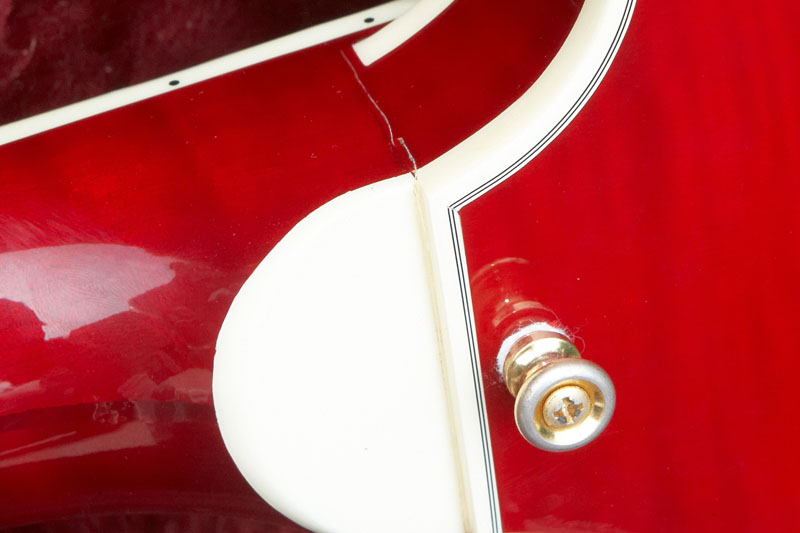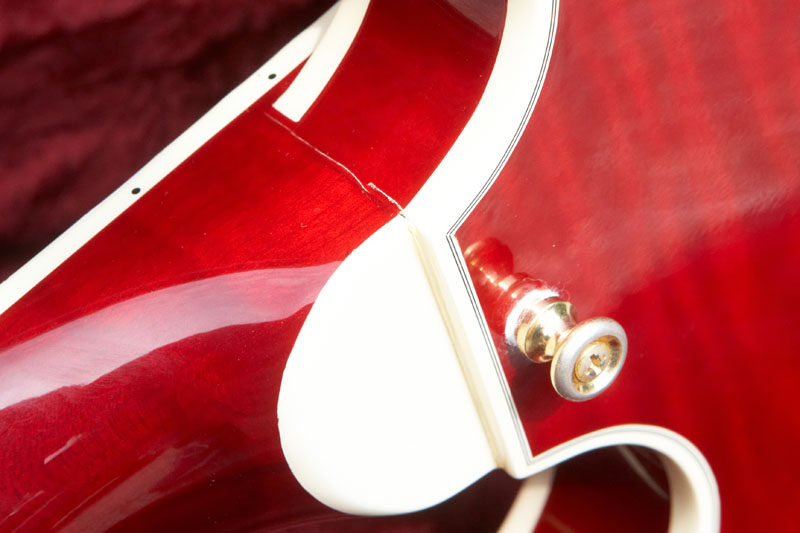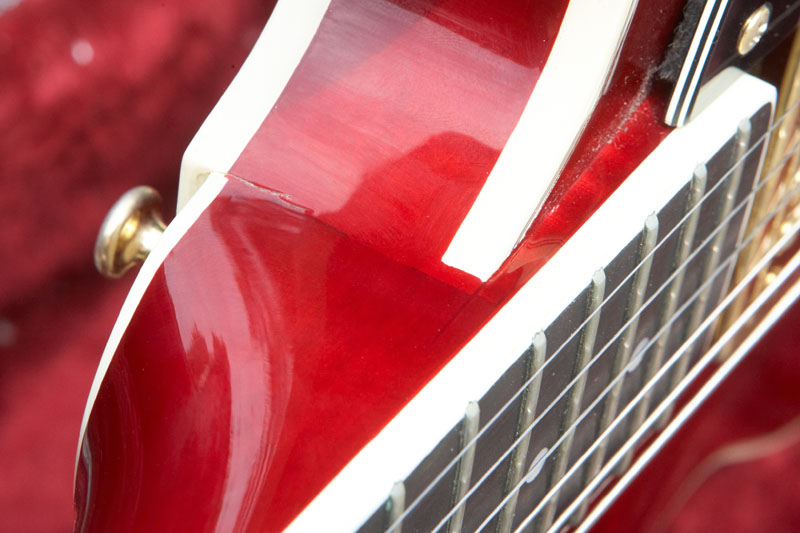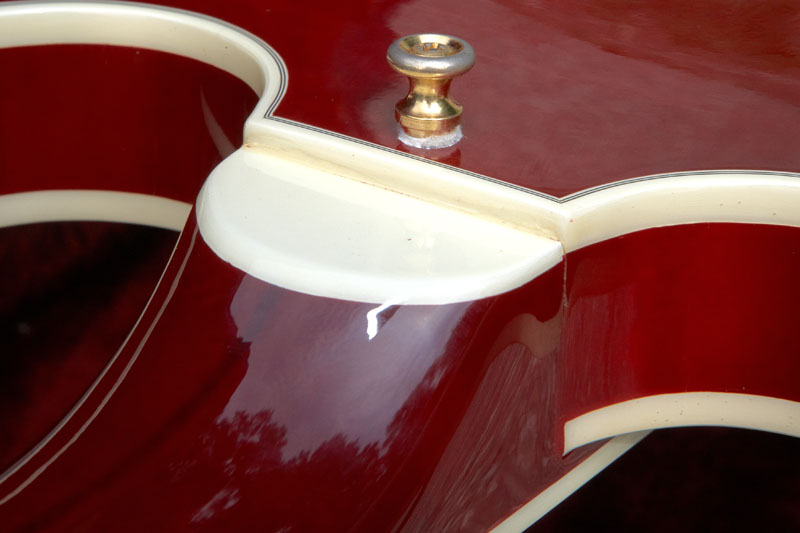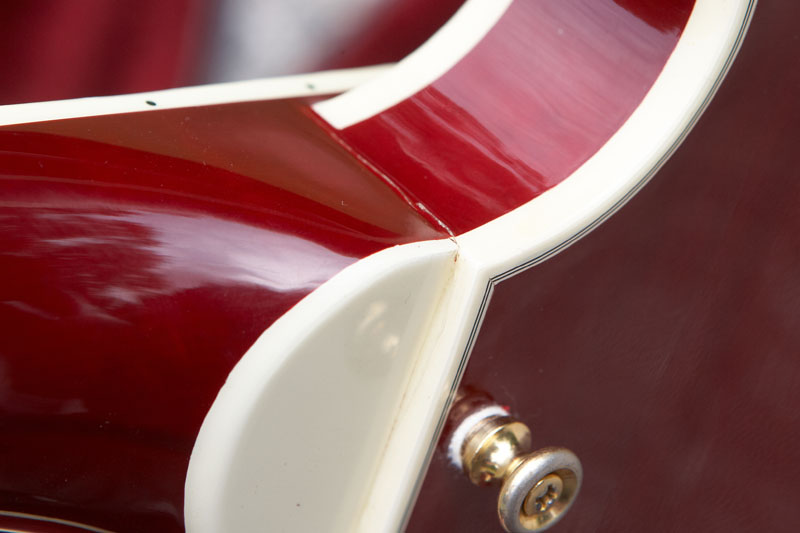Hi John,
I wouldn't worry about it as a rule. Of course, a neck joint that's loosened will crack the finish, however, still-tight neck joints (glue joints in general, really) often develop finish cracks along them. I have seen a lot of guitars with cracks/checking right along the neck glue joint in particular.
Over time, the wood expands/contracts with changes in temperature and humidity. Since different pieces of wood, often of different species and usually oriented in different directions (grain-wise) are joined together, those subtle shifts can cause the finish to crack as it too dries out/shrinks, etc. My '74 SF-VI has finish cracks along the neck joint as well as along the binding in a few spots and around the headstock inlays, too. All those glue joints are still tight though.
If you have the guitar in hand, a good test is to take a dollar bill (or other thin paper) and see if it will slide into the neck joint (or other suspect joint). If so, then the joint is indeed starting to give and will need re-glued. If not, there's a good chance it's just finish cracking, especially if the neck angle seems good (action is reasonable and bridge has room to be lowered).
To me, finish cracks are just old guitar stuff; you have to look beyond the finihs cracks to judge whether anything more significant is going on there.
If this is something non-local to you, I'm sure lots of us here would be happy to offer our best attepmt at interpreting photos, too.
